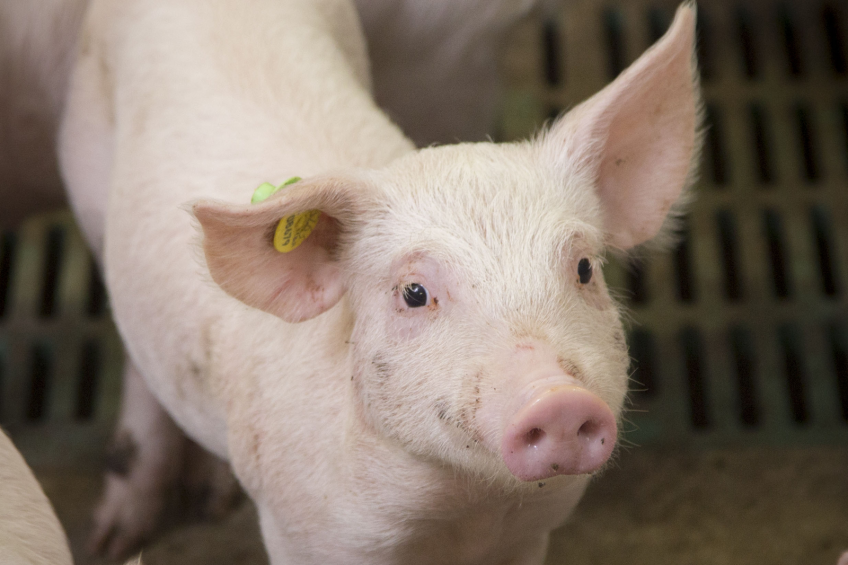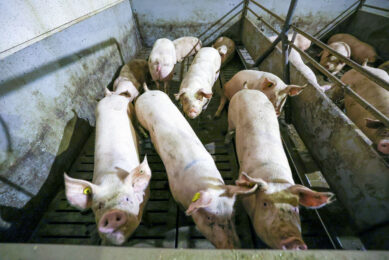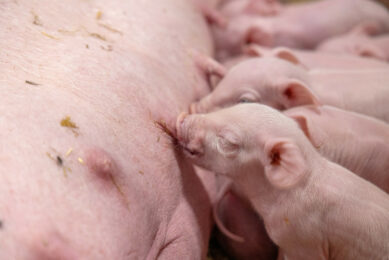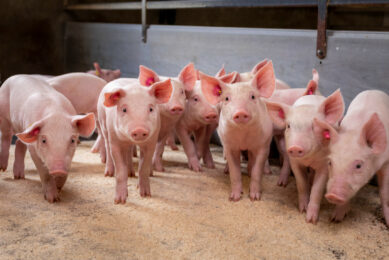How gene editing can help create better pigs

Gene editing is a relatively new area in genetic science where DNA is being cut to introduce a new strain, to delete a strain or to repair. Often, these changes could have occurred in nature as well – which makes it a different technology than creating genetically modified organisms (GMO). What perspectives does it offer for pigs?
Gene editing, it is almost as easy as it sounds nowadays, when applying modern knowledge and technology. Being able to repair a few letters of DNA and solving a defect for an individual at the embryonic stage is getting closer. Targeting the DNA problem areas very precisely and switching an undesired gene into a desired gene. It has always seemed like science fiction, but a revolutionary discovery brings it from virtual reality to real practice.
Knocking out genes or switching genes is not new, but the applied techniques had a relatively low success rate. Recently this has changed with the introduction of more and more precise techniques. A new variant, called Clustered Regularly Interspaced Short Palindromic Repeats (CRISPR) is considered a major breakthrough that is going to change genetic improvement programmes in pigs as well as other species in the coming decades.
What is it? Where is this major breakthrough coming from all at once? How can this potentially change the way we improve our animals genetically? How can it specifically affect genetic progress in pigs? Is it a harmless technique and what role will the public opinion play around potential acceptance? Lots of questions on why this technique is suddenly coming to the forefront and what it can really do.
Gene editing is a kind of genetic engineering where the animal’s DNA is cut by nucleases at specific positions in the genome. At the breaking points, it is repaired in such a way that targeted genetic mutations occur. So far nothing new, since the mentioned process has been already widely applied in different forms of genetic engineering. The CRISPR breakthrough is linked to a specific type of nucleases, being enzymes capable of cutting DNA.
To read more on the topics below, please see the full article in the Digital magazine (pages 8 – 11).
- Applications in animals and humans
- Potential applications in pig diseases and welfare
- Related subspecies
- Negative aspects of CRISPR
- A technique with potential
Timeline: Historical overview of CRISPR
[Source: Pig Progress magazine. Volume 32.5 – 2016]










